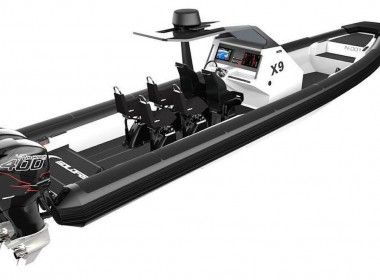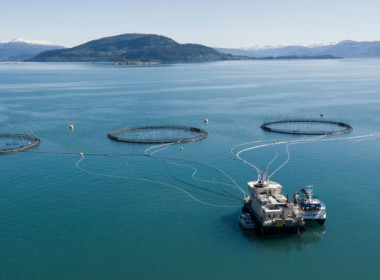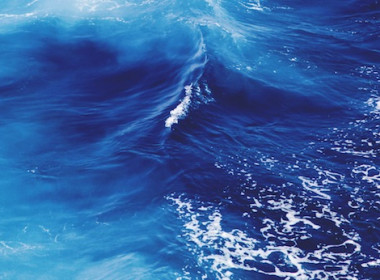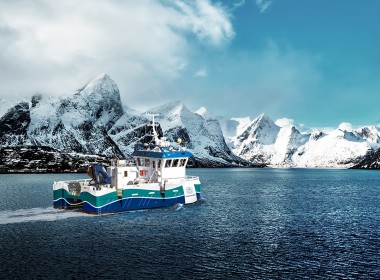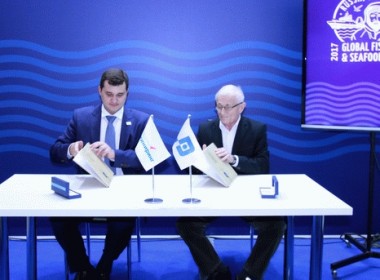FEATURE | New closed fish farm design promises lower risks of escape and contamination

Norwegian aquaculture engineering firm the Bluegreen Group has deployed the first example of a new design of closed fish farm designed to provide improved fish quality with minimal environmental impact.
The aptly named Marine Donut concept utilises a donut-shaped closed fish farm that will prevent escape and contamination as well as minimise the risk of disease, algae, and sea lice. The need for antibiotics and other medicines and preparations can be significantly reduced. With the aid of the system, fish farm operators can exercise full control over the fish and the environment through digitisation and monitoring. Operators can also have adequate control over efficient feed factor, which further reduces costs.
Marine Donut is a flow system that exercises the fish, where the flow can be adjusted according to the breeder’s desire. This recreates the environment that salmon experiences in rivers. The dimensions and geometry are designed so that the resulting depth pressure is ideal for the salmon.
How the concept works
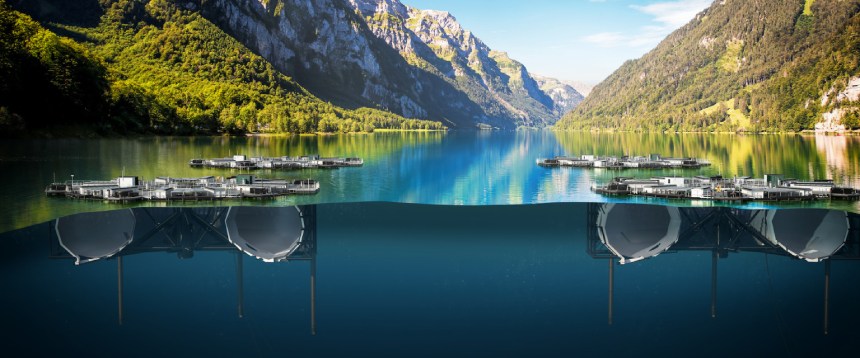
The Marine Donut consists of a donut-shaped closed breeding unit (torus) some 60 metres in diameter. The main structure is made of HDPE and acts as a tight barrier against the external environment to prevent lice infestation and infection from occurring inside the plant.
The farm has floating pipes at the top and bracing pipes at the bottom in addition to vertical ballast tanks on the sides to allow the system to be raised and submerged. A working platform sits on top of the facility. Up to 1.1 tonne of biomass can be housed in the main structure.
The plant has a solution for collecting sludge as well as inlets below the sea lice belt. The structure is designed to withstand high exposure to both waves and currents, which means it is just as suitable for breeding yellowtail kingfish in the tropics as well as salmon and trout in colder waters.
Six alternative production strategies have been proposed.
- A Marine Donut is used for post-smolt for one million fish of up to 1.1 kilograms each. These are then transferred to five Marine Donuts with 200,000 fish each. There, the fish grows up to 5.5 kilograms.
- A Marine Donut is used for post-smolt for one million fish of up to 1.1 kilograms. These are then transferred to five cages with 200,000 fish in each. There, the fish grows up to 5.5 kilograms.
- In areas with a large lice infestation, the fish farm can work well for the last phase, where the fish grows from about 2.5 kilograms to 5.5 kilograms.
- Marine Donuts can also be used throughout the production phase from smolt to ready-to-slaughter fish.
- Marine Donut may also serve as a viable alternative for producing post-smolt for offshore fish farms.
- Thanks to the structure’s flexibility, it may also be used as a pre-slaughter cage.
The Bluegreen Group said available research indicates that the concept will provide the following benefits:
- Improved production strategy, resulting in increased profitability and fish health
- Better feed conversion ratio and the possibility of collecting sludge
- Less mortality leading to better fish health
- Reduced production times
- Reduced need for lice treatment
- Better water quality leading to lower risk of disease
- Increased fish density due to control and monitoring
- Longer intervals in between scheduled maintenance periods
Commercialisation progress
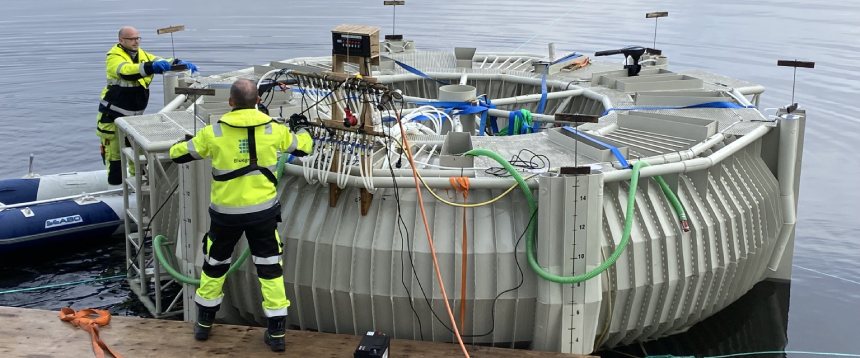
In 2022, Bluegreen developed a one-tenths scale model of the Marine Donut for trials off Canada’s Atlantic coast by local subsidiary Bluegreen Canada. A pilot plant was tested at the facilities of Norwegian private research organisation SINTEF and the Marine Donut concept itself is now ready for commercialisation.
The first example was recently deployed at Romsdal Fjord in the northernmost part of Western Norway. Upon its arrival, it was filled with 200,000 salmon weighing 2.5 kilograms each. The salmon, which was provided by local seafood company SalMar, will swim around in the current within the donut until they reach 5.5 kilograms, by which time they are ready to be harvested as food fish.



